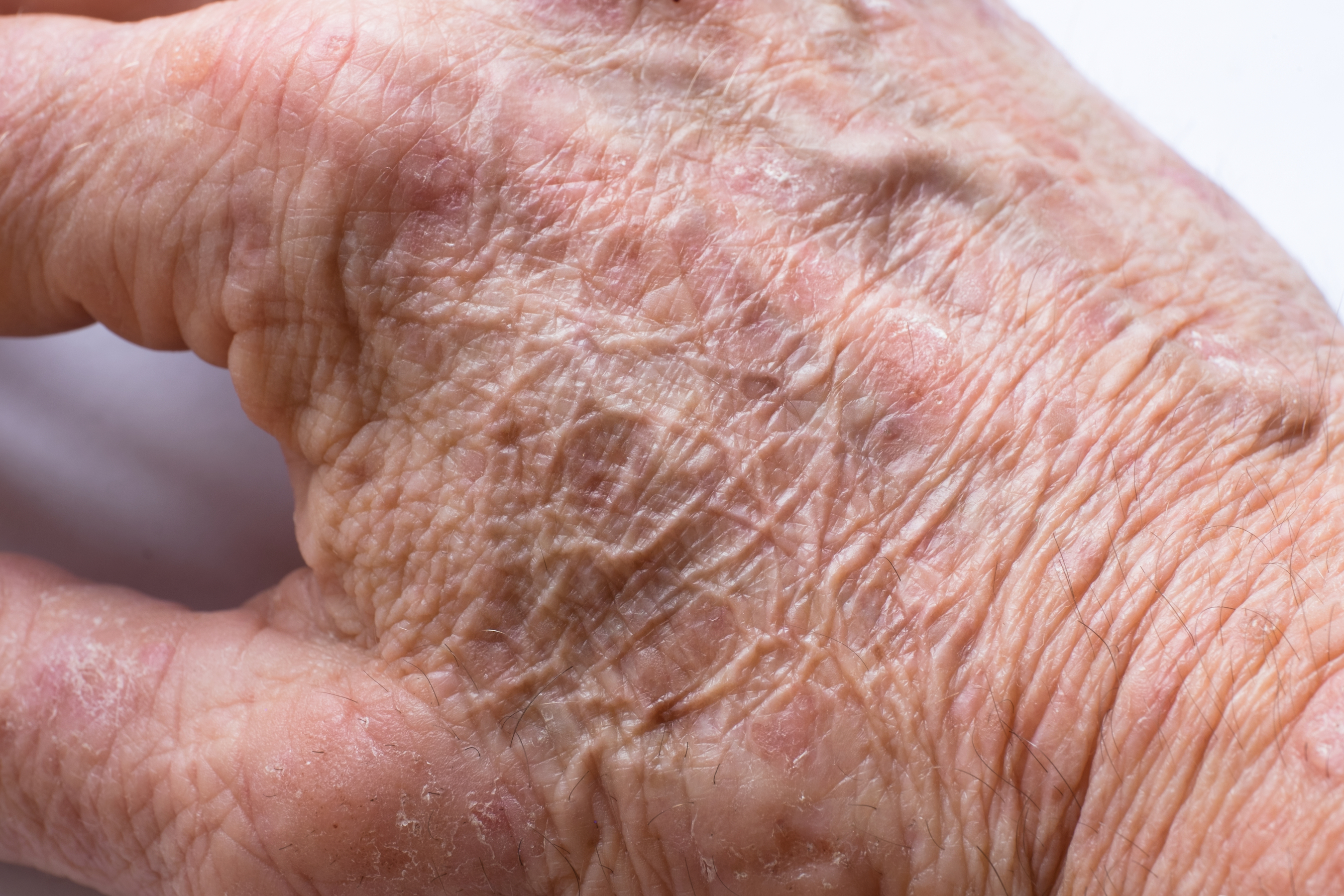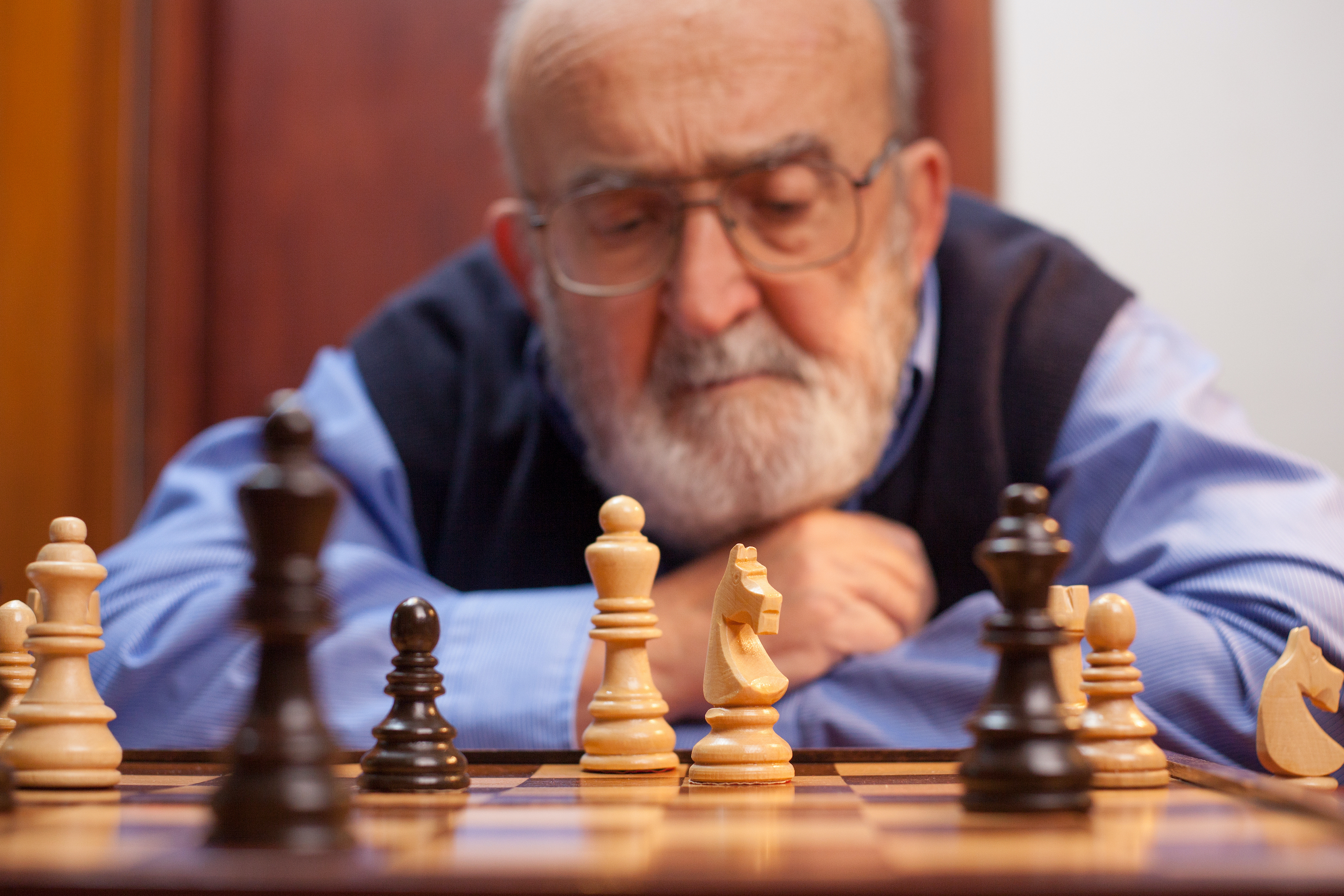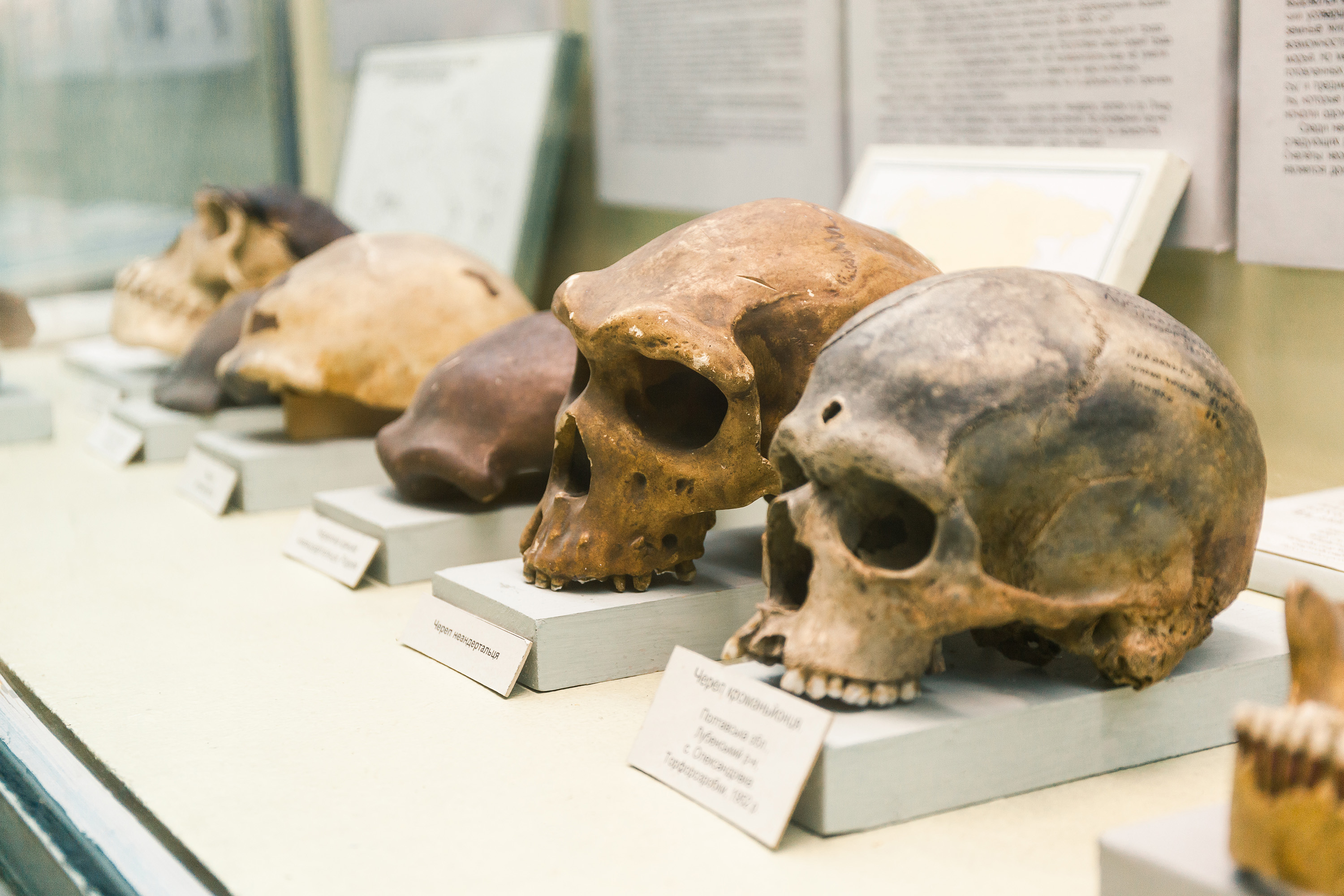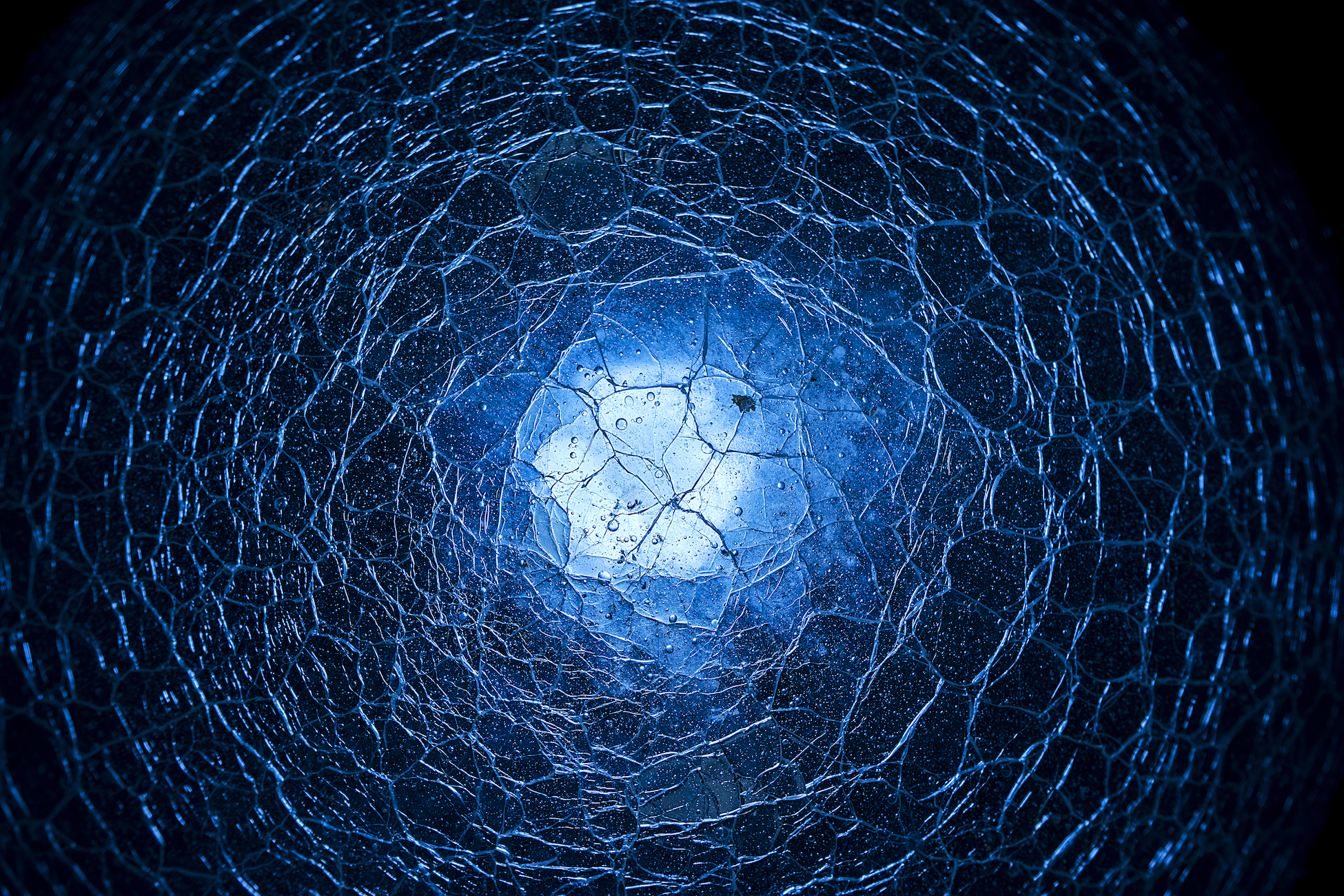On the other hand, if the vulnerabilities that we will experience as older people in chronological time, when we are 55, 60, 70 years old, are somehow a function of how our brain develops and what happened during our younger lives, then it’s very difficult to pinpoint a time when aging begins. Perhaps a more useful way of thinking about those things is not to categorise them as three or four separate phases of our lives and therefore as the lives of our brains, but rather as a sort of continuum in which there is a tense equilibrium between the tendency to maintain things as they are, to the extent possible, and the tendency to those things because they’re used things in this case. The molecules inside the cells of our brains, the networks that these cells make, degrade because of usage, meaning renewal is still the name of the game. As long as that decline is manageable and compensated by whatever mechanisms of renewal exist in the brain, we call that homeostatic adult life. Where decline and loss overtake the rate of maintenance, we might call that aging.
It might therefore be a lot more useful to suggest that, as the equilibrium shifts between making things, keeping things and losing things, the degree to which you are aging also changes. So, in that paradigm, you’re always aging because, of course, time is always passing. There’s no question that a four-year old is older than a three-year old, but we refer to the brain aging process as the time in which the balance between maintenance and renewal on the one hand and the decline, so the loss of material, on the other hand, shifts towards the loss. This would vary from person to person, from brain to brain, even from era to era, because if, nutritionally, or because of doing sports, we keep the renewal phase longer, then we would age later. In other words, one person’s brain may actually begin to age, in the sense that I’ve just defined, in one person at 43 years old and in another at, say, 52.



